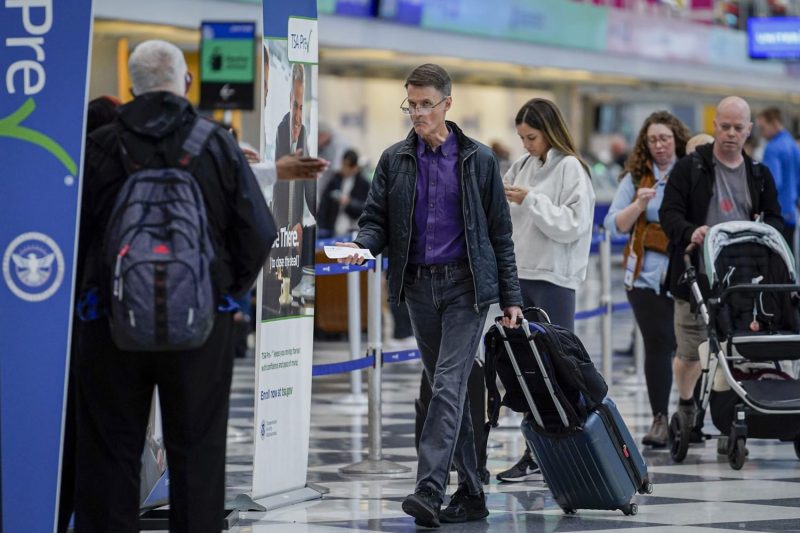In the continuous pursuit of making traveling as streamlined as possible, the Transportation Security Administration (TSA) has introduced a revolutionary change in the form of digital identification. Aimed at reducing physical contact and increasing convenience, this transformation brings us a step closer to a future where an easy and contactless air travel becomes a reality, courtesy of technology.
Through an extensive pilot program spanning the last two years, the TSA carried out a successful trial of passengers no longer needing to present physical IDs at several airports across the United States. This trial, conducted in collaboration with multiple airlines and airports, tested the concept of travelers merely needing to show a digital form of their ID, hereby termed as mobile driver’s licenses (mDLs). This advanced feature is only applicable to those travelers who are enrolled in the TSA PreCheck program.
The TSA and the aforementioned stakeholders took into account the increasing ubiquity of smartphones, as well as the shift towards digitization across all spheres of life. By implementing this innovative technology, the TSA aims to fulfill its “Strategy 2026,” which is focused on improving security effectiveness, transforming security capabilities and accelerating action.
This significant step in digital innovation utilizes the traveler’s mDL, kept securely on their phone. The traveler scans it at the TSA checkpoint by themselves, minimizing human contact. MAX, a contactless self-service device, then compares the scanned mDL with the traveler’s secure flight data, reducing the chance of human error. The device also checks the authenticity of the mDL through various features such as holograms and barcodes that are specific to each issuing state.
The mDL provides an additional layer of security as it is harder to falsify than a physical ID. Moreover, it emanates less personal information, only revealing what’s necessary. It reduces congestion, speeds up the screening process, and encourages social distancing. For this, the traveler needs an ISO-compliant, state-issued mDL, which is rapidly becoming more standard around the U.S.
Nonetheless, the implementation of mDLs on a wider scale remains dependent on an array of factors. The interoperability of various state systems, safeguarding of personal information, standardization across different states for mDL issuance, and the readiness of the public to use mDLs are among the prominent challenges that need to be overcome.
Despite these hurdles, the benefits of digital IDs far outnumber their potential drawbacks. At a time when health and safety concerns are paramount, minimizing physical contact is crucial. mDLs not only make this possible but also simplify and expedite the process of checking IDs at airports. Plus, with more states issuing mDLs, and a high percentage of the population owning smartphones, the time is ripe for this digital shift in air travel.
So, although the present TSA PreCheck passengers might only constitute a small portion of the overall air passengers, the successful preliminary implementation of mDLs has paved the path for expanded use in the near future. As the world slowly but surely acclimates to the new normal, the onset of digital IDs at airports is indeed a practical, efficient, and preferable progression.
In conclusion, the TSA’s move to implement digital IDs signifies a considerable leap towards transforming air travel, making it more convenient, efficient, secure, and contactless. If these preliminary results extend to subsequent broader trials, flyers can anticipate an entirely new, uncomplicated, and seamless airport experience.
